public outreach
All posts tagged public outreach
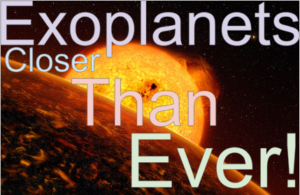 On Friday, November 4th, join the Boise State Physics Department for a public astronomy presentation about exoplanets from special guest Dr. Elisabeth Adams.
On Friday, November 4th, join the Boise State Physics Department for a public astronomy presentation about exoplanets from special guest Dr. Elisabeth Adams.
Between planets that orbit so close to their stars that their year is measured in hours to the recently discovered planet around the closest star to Earth (Proxima Centauri b), exoplanets have never been closer. We will discuss what it would be like to visit an ultra-short-period planet, as well as a not-entirely-crazy plan to send probes to Proxima Centauri b.
The lecture will be held on Boise State’s campus in the Multi-Purpose Classroom Building, room 101 at 7:30p. Weather permitting, we will then star-gaze on top of the Brady Garage at 8:30p until 11p.
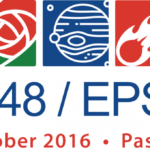
I’m in beautiful (if not, totally sunny) California this week for the American Astronomical Society’s Division of Planetary Sciences annual meeting.
Before the meeting officially starts on Monday, I helped organize the DPS Educators’ Workshop, a DPS tradition where planetary science-types work with local school teachers to explain the most recent science and help them develop lesson plans and activities for their students.
We spent several hours with teachers from all over SoCal and discussed lots of great activities, but one of the most popular and visually appealing is the Art and Astronomy activity.
For this activity, we invite the teachers to recreate space-based images of planetary surfaces using pastels. As usual with this activity, the teachers at first demured but ended up creating stunning and vibrant images of craters, geysers, and river deltas.
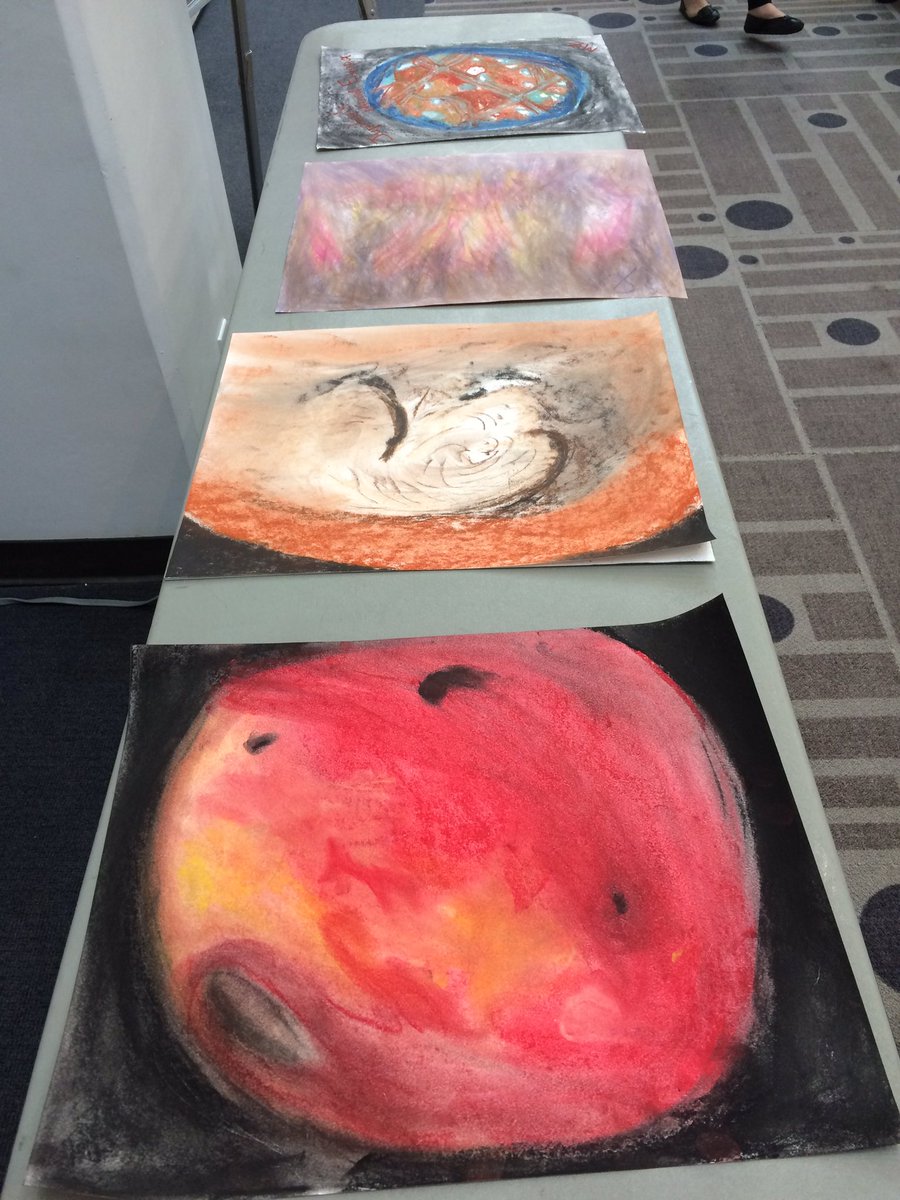
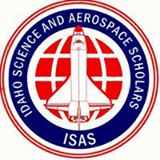 On Friday, we welcomed visitors from among the Idaho Science and Aerospace Scholars program. This is an Idaho Science Technology Engineering Math (STEM) Program for rising high school seniors and provides an opportunity to learn in-class and hands-on during the school year and summer academy. The students spent most of their week at Boise State but also had a fun trip to NASA Ames to explore the facilities there.
On Friday, we welcomed visitors from among the Idaho Science and Aerospace Scholars program. This is an Idaho Science Technology Engineering Math (STEM) Program for rising high school seniors and provides an opportunity to learn in-class and hands-on during the school year and summer academy. The students spent most of their week at Boise State but also had a fun trip to NASA Ames to explore the facilities there.
In the Physics Dept., we hosted a group of 12 students from among the ISAS crowd, all of whom specifically requested to learn about astronomy during their Boise State visit. The students came from all over Idaho, including local Boiseans.
They spent the first hour of their visit learning about the physics research going on at Boise State and then exploring the night sky using a sky simulator like stellarium.

Never look at the Sun with the appropriate equipment!
Then we went outside to look at the Sun using our solar telescopes. Fortunately, there was a beautiful solar filament strewn across the face of the Sun.

Dr. Josh Bandfield explains thermal conductivity and how we can use it to learn about Martian volcanoes.
We retreated from the 100-degree temperatures to join my research group’s weekly meeting, where planetary scientist Josh Bandfield regaled us with stories of Martian volcanology and recurring slope lineae.
Although the students were pretty tired by the end, they seemed very enthusiastic, lobbing a wide variety of questions at Josh and engaging in a spirited conversation about water and life on Mars.
Thanks for visiting, ISAS!
 I gave a talk at Boise State’s Osher Lifelong Learning Institute on exoplanets generally and my group’s research specifically.
I gave a talk at Boise State’s Osher Lifelong Learning Institute on exoplanets generally and my group’s research specifically.
The crowd was really amazing. Despite my being delayed by a flat bike tire, there was an enormous group of enthusiastic astrophiles waiting for me when I arrived.
We toured the night sky briefly using the stellarium program, a free (but please donate) and open-source night sky simulator available here — http://stellarium.org/.
I made quite a long talk to fill the two-hour scheduled slot, but there were so many interesting questions, I barely made it halfway through. I’ve posted my abstract and presentation below in case there’s any interest.
—
The Exoplanet Revolution
The discoveries of hundreds of planets outside our solar system, called exoplanets, have led to a renaissance in astrophysics and revolutionized every sub-discipline within planetary astronomy. The vast array of new planets strains imagination, and even after two decades of discovery, exoplanets pose a host of astrophysical riddles. In this presentation, I’ll describe how these distant worlds have revised our picture of planet formation and evolution. I’ll also discuss outstanding questions in planetary astrophysics and prospects for observational work, including the TESS mission, selected by NASA for a 2017 launch to find more, nearby planets.
We had a HUGE event last night on campus at Boise State. No precise estimates, but I’d guess we had a few hundred people show up for the eclipse, as well as Lacey Darrow of Channel 6. It was an amazing experience. Thanks to everyone for attending.
Our Pony Up Campaign made its initial goal on Saturday morning, only halfway through the campaign. So we’re trying for a stretch goal of $2,000 to pay for wifi at our observatory. Wifi will significantly enhance our public outreach events and instructional efforts. It would also allow us to more easily stream live footage from our telescopes during public events. The campaign will run until Oct. 14.
And thanks to Lynne Barnes for supporting us.
Friends,
As of this morning, we are halfway to our goal of $8,000. And in only the first week. Thanks very much to all those who have given, including Barbara Hatcher and Jim Ogle.
Please talk to your friends and family and share your enthusiasm for our project and for astronomy. Your support means a lot to me personally and will help us usher in an amazing resource for astronomy education here in Boise.
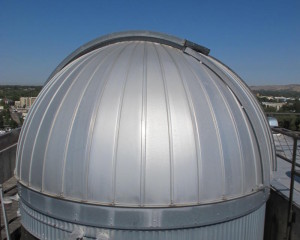 Samantha Wright over at our local NPR station, KBSX, put together a nice story about our crowd-funding campaign to refurbish the Boise State Observatory — http://boisestatepublicradio.org/post/one-idaho-professor-wants-bring-back-boises-space-observatory.
Samantha Wright over at our local NPR station, KBSX, put together a nice story about our crowd-funding campaign to refurbish the Boise State Observatory — http://boisestatepublicradio.org/post/one-idaho-professor-wants-bring-back-boises-space-observatory.

